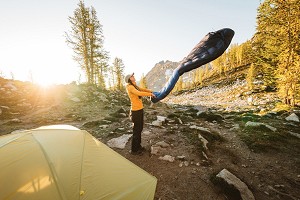
I've owned the previous version of the Marmot Helium bag for around 5 years now and have used it in pretty much every condition from freezing winter alpine bivies to badly planned torrential downpours. Admittedly in the torrential downpour situations it didn't fare too well but then it isn't sold for those conditions and anyone thinking about using this for Scottish bivies will be deeply disappointed as well as cold (wet). However as a super lightweight three-season sleeping bag it's genius. What I find even more intriguing is that in the 5 years that I have had my bag, it dominated the market of light-weight sleeping bags in terms of warmth to weight ratio, until very recently that is.
In any case those who were fans of the old Helium will be glad to hear that the new version is pretty much identical to the old one. The one noticeable difference between the two is that the new one has a full-length zip. Obviously this is not in keeping with a minimalist ultra lightweight down bag but here is a prime example where Marketing has gotten in the way of design- unfortunately your average camper prefers a full-length zip.
Otherwise the bag is, as I say, awesome. I did a lot of research before I bought the original bag with my main focus on the weight. Obviously the EN warmth rating of a bag is a very subjective thing but you can get a better idea as to the rating of a bag by comparing its down fill and fill weight. If you are really serious into getting the best bag for you then don't pay heed to the warmth ratings on bags but instead start looking at the down characteristics.
The Down
In the down world there are two ratings. One is for the quality of the down, the other is simply how much of it there is. To make matters a bit more confusing is that there are US and EU down ratings with the EU ratings generally about 100 'points' lower than its US counterpart for the same quality down. The higher the Down 'Power' or 'Rating' the better the down as it will loft better (obviously the better the loft the warmer you are going to be as it will trap more air around your body). The highest down available is 900. Top bags tend to use down in the 750-900 area.
The next step is obviously how much of the down there is. For an ultra lightweight bag what you really want is to maximize the amount of down and minimize anything else thus saving you weight. Normally the 'anything else' just happens to be the shell and lining. The fabric that is used for the shell and lining very heavily depend on how tough you want the bag to be. Obviously if you line it with material with the consistency of toilet paper you'll have a freakishly light bag but one that is going to shred at the very mention of sharp granite. So as always you've got to draw a line.
However I always carry a bivy bag with me when I have my sleeping bag with me. Its not just because it might rain but because you never know when the shit is going to hit the proverbial fan and if I do need to sit out the bad alpine weather I definitely don't want to have to do it without a bivy bag. In addition it acts as a great wind breaker- an even more important reason for using one in Scotland. So based on that I am quite happy for the shell to be as lightweight as possible as I'm not going to use it unprotected.

The final part of a sleeping bag design is the actual shape and stitching that is used. Obviously its essential to try and keep the down as evenly distributed as possible and the type of stitching is key to this. There are, as usual, advocates for different types of stitching but really I'm not sure that any one works better than the other (I'm talking about the 'high quality' types of stitching here). I've never found the stitching on the bag to be a worry and the down has never clumped up before. In addition, one of the problems you can have with lightweight bags is down 'leaking' from the stitch holes but apart from a few here and there its been very well contained (its impossible to make a lightweight bag that doesn't leak a few as even the material itself can and does allow some feathers to 'spike' out).
You can go on forever about the shapes of bags and what suits you best. For me I like to make sure there is space to put my booties in to dry and then the rest I'm not too fussed about. The two features that I do really like about the bag are the Zip baffle which really does work at keeping out cold spots and the hood which is also excellent.
One thing that I did appreciate with the new bag is that it comes with a very lightweight stuff sack as well. The older version came with a more rugged sack and whilst that might seem very picky about weight if you want the lightest bag available it should be complimented with an equally light stuff sack. You also get a handy canvas storage sack so that you don't have to keep it compressed when you aren't using it.
One final point to mention is that the new bag has a different lining and shell from the old Pertex one going under the cool name of LightForce N-120R DWR. It basically works in very similar ways to good old Pertex which since being acquired by another company has gone a bit downhill in quality apparently. I wont go into it much but basically it is pretty tear/ rip resistant and breathes well- as you might expect from something this thin and light!
The test
Enough of that though, the real question is how did it fare in the real world. Well, as I've said I really like this bag so you can probably guess that it did very well. I think its worth noting though that this bag has a comfort rating of -3 Celsius and by the time it gets to -9 I am pretty cold and starting to shiver. I'd say that I can happily snore away under the stars down to about -6 or so without waking up because of the cold, after that I do start to feel it in parts (especially the toes...always the first to go!). Its worth noting however that this is just me and the way that I sleep...I have bivied with people who are away in the land of nod in two season sleeping bags in -15 so really this I why I say 'ignore' temp ratings on bags.
It's really light (897gr), which I why I like this bag so much and due to the very thin fabric, its super compressible. On a recent climb up the Grands Montets ridge of the Aiguille Verte this was especially bought home to me. Once we arrived at a fantastic bivy ledge Will Sim pulls out this monster of a synthetic bag (no names mentioned here) which not only far outweighs my Helium but really did have the insulating properties of a thin well worn t-shirt. Just feeling it I wasn't actually sure if there was any insulation between the inner and outer at all. To cut a long story short we ended up getting caught in some crappy localized sleet and wind-fest and whilst I was happily oblivious to the outside world curled up and snoring away secretly enjoying the bad weather so I could sleep more (I'm not the only one with those thoughts!), Will spent the next 36 hours shivering like mad. So much so that I had to cover him in my jacket and any spare clothing and gloves I had, then whack his feet and legs into my rucksack. By the time we got back down he was in a poor state having spent those 36 hours eating chocolate like a maniac to try and keep warm whilst still shivering- think of it as the ultimate sugar crash (there was a lot of chocolate) coupled with no fat reserves from your body shivering for that long...nice! In any case I then received my new Helium and since then Will has been using my old one and was pretty shocked at how warm and light it was. The difference really is amazing as he now just passes out within 15mins of going to bed and can sleep forever....seriously, I've never seen someone who can sleep so much!
How does it compare to the competition? Well as I stated at the beginning its amazing how this bag hasn't really had any competition in the last 5 years. Its only very recently that companies have stepped up to the plate and offered any viable alternatives. After a good time spent on the net here is what I found from European sources:

Very recently PHD started using Down Fill 900 which as you can see has significantly boosted their claimed Temperature rating with respect to the weight of the bag. An impressive feat made possible by an extra 150 down Fill power over their competitors. The flip side being of course that you have to pay for what you get in life and the bag costs an extra £30 over the Helium. There's not really much point going over the stats as you can work them out for yourselves form the table but its obvious that the Helium still holds the field well after all these years. At £270 it also comes in well price wise.
Conclusion
Sleeping bags tends to be a thing that I don't compromise much on. Whether it be on a route or just at the base of one, I consider sleeping an essential part of how well I climb the next day. If I've had a crap night's sleep then I know that my climbing and speed is going to be heavily affected. Based on that I don't mind lugging up a few 100grs extra in weight to sleep well whilst my partner will skimp or not bring one at all just to be lighter the next day. Whilst it's definitely not a full on (alpine) winter bag I have still used it in the winter and not come away with anything more than a bad nights sleep. It is ideal though for winter bivy hits as you can just chuck on an extra blanket if need be. The fact that I've had the old version of this bag (essentially the same) for so long and have no intention of replacing it shows how highly I rate the Helium. Considering how often I use this bag its amazing that it still looks as good as new. Interestingly enough there was no discernible difference in the loft of the old and new bag even after this long. If you're in the market for an Alpine Spring through to Autumn bag then this is a great one- light, warm and very compressible its got everything you want for the Alps.
STOCKISTS
•Cotswold Outdoor: Tel: 0844 557 7755 web: www.cotswoldoutdoor.com
•The Outdoor Shop: Tel: 01908 568913 web: www.theoutdoorshop.com
ABOUT JON GRIFFITH:www.alpineexposures.com

UKClimbing.com Articles by Jon Griffith
•Phantom Lite GSB from Scarpa Oct/2008
•Anodised Rocks Jun/2008
•Verdict ski (2008 model) Apr/2008
•Xenon Lite Quickdraw Mar/2008
•Superlight Rocks Mar/2008
•How to get the best out of your camera in the Mountains Mar/2008
•Turbo Express Ice Screw Mar/2008
•Vallee Blanche Full Moon Descent Feb/2008
My first climbing days were back in Bristol where the Avon gorge provided countless trad limestone routes that were great fun to get into climbing. Having no climber friends I ended up 'teaching' myself how to lead climb and thankfully I managed to get through the first few months without falling which was great since most of my gear kept falling out anyway. That summer I bivied across the high route of the Pyrenees and come that winter I decided that I wanted to head out to the Alps and see what that was like. No surprises then that I ended up in Chamonix and was initiated into ice climbing down at the Crémerie.
From then on I took advantage of the huge university holidays and tried to spend a maximum amount of time out in the Alps. I spent my first few years out in Zermatt (thanks to my climbing partner at the time Brian Birtle who put me up countless times) getting more into the mixed and alpine element rather than just rock climbing Chamonix style stuff. I finished my 'time' out in Zermatt on a high point with the Lyskamm North Face and decided I was ready to move on and try Chamonix style rock routes. I finished university last summer and moved out to Chamonix where I am currently working in photography and film work.
It's hard to pick one specific type of climbing that I prefer over the others but I think my heart still lies with big mixed alpine routes that potentially involve a couple of nights bivying. I am still getting used to the whole Chamonix 'get back in time for the last lift' style- I still include bivying as a part of any decent mountaineering experience. I am also still getting used to crack climbing- it hurts.... a lot.



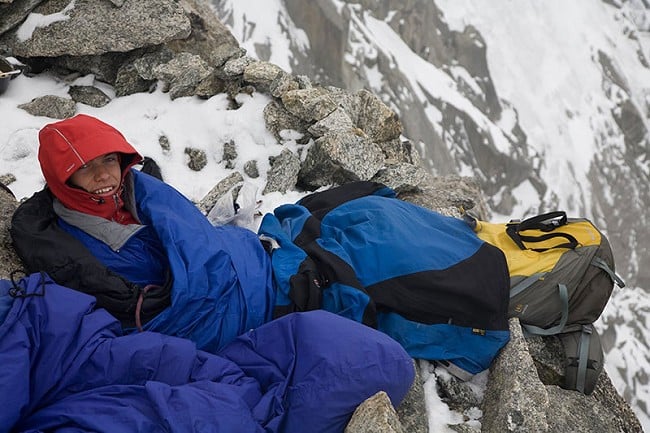
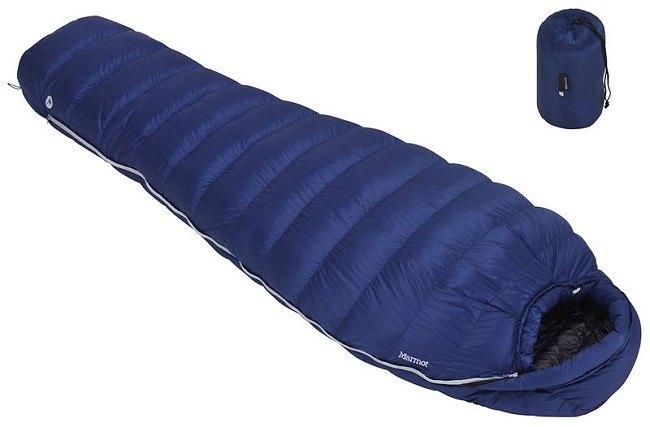
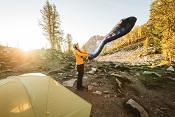
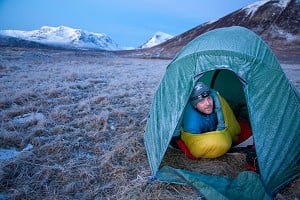
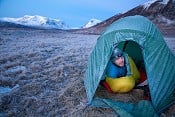
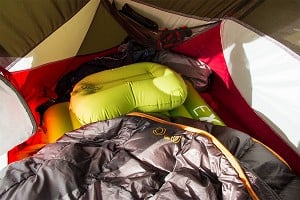
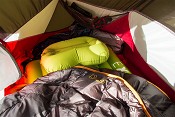
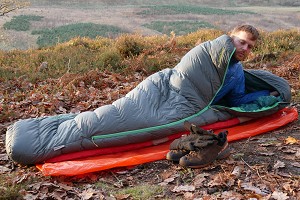
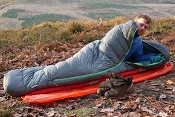
Comments